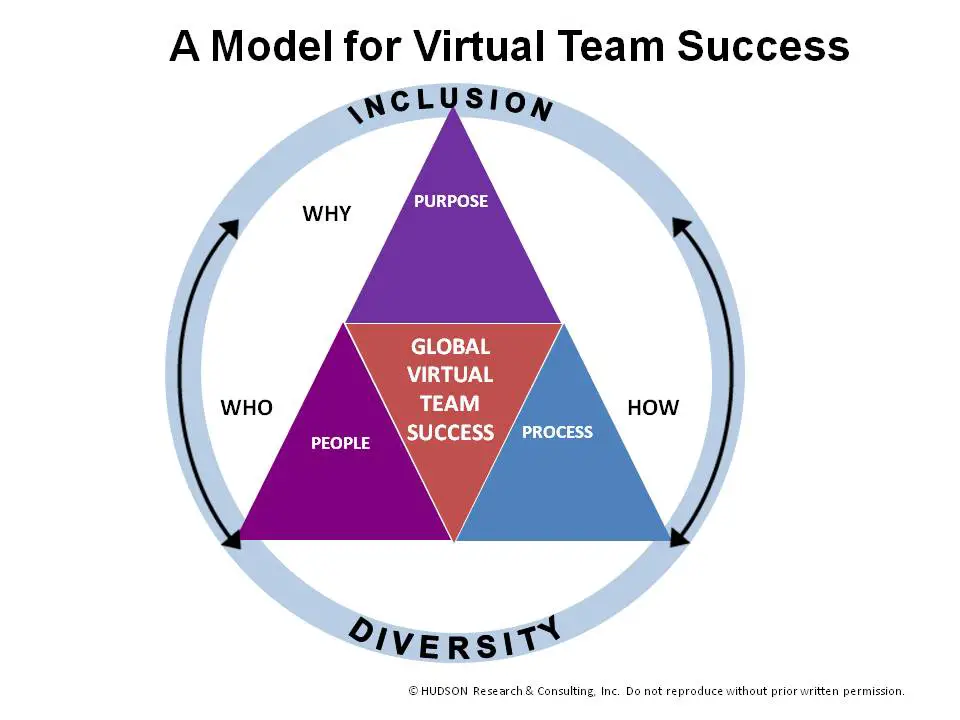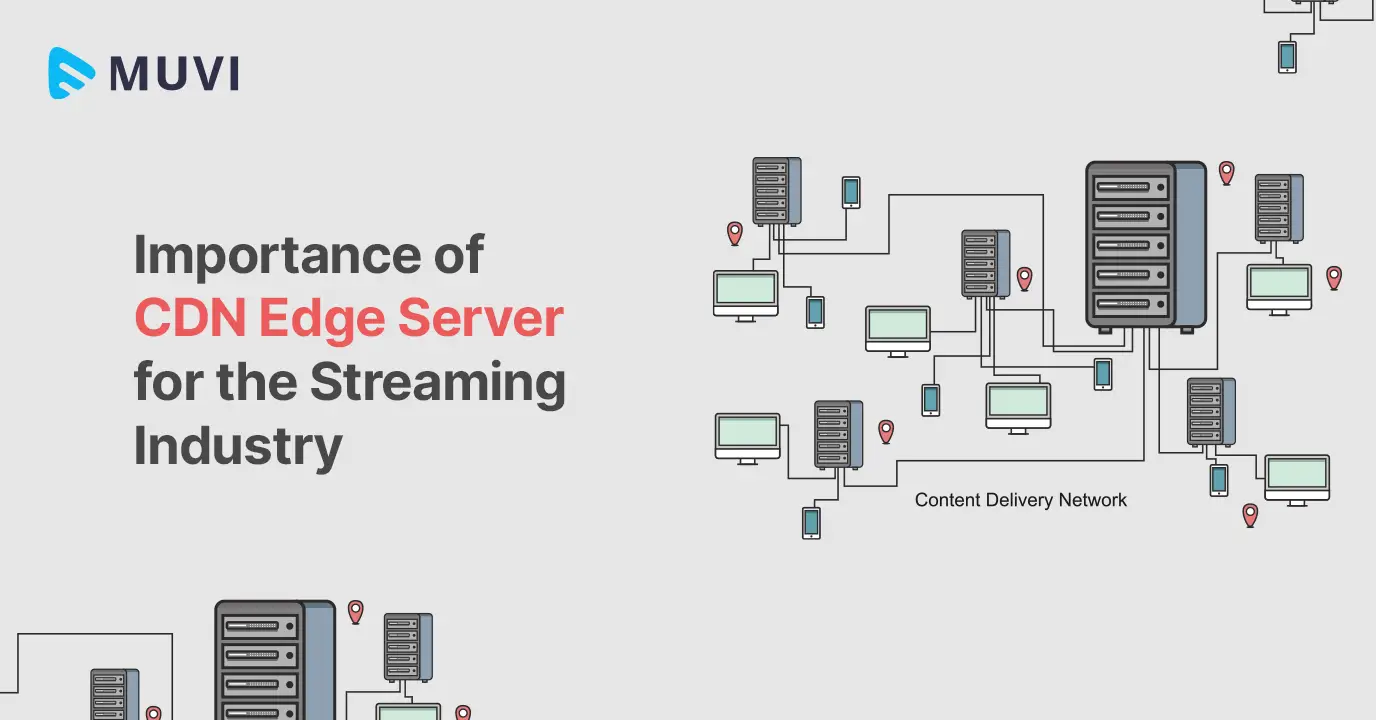Enhancing Global Content Strategy with Effective CDN Utilization

Introduction

Content Delivery Networks (CDNs) play a crucial role in delivering content to users around the world efficiently. By leveraging CDNs, organizations can improve website performance, reduce latency, and enhance the user experience. This article explores best practices for utilizing CDNs to enhance global content strategy.

Benefits of CDN Utilization
- Reduced Latency: CDNs store cached content closer to users, reducing the time it takes for data to reach them. This improves page load times and enhances user engagement.
- Improved Performance: By caching static content, CDNs reduce the load on origin servers, freeing up resources for other critical processes. This results in faster website performance and better user experience.
- Global Reach: CDNs have a global network of servers, allowing organizations to deliver content to users in different regions with minimal latency. This enhances website accessibility and improves user satisfaction.
- Security Enhancements: CDNs can protect web traffic from malicious attacks, such as DDoS attacks and brute force login attempts. They also support encryption, ensuring the security of user data.
- Cost Optimization: CDNs can help reduce bandwidth costs by caching content and reducing the load on origin servers. This makes it a cost-effective solution for delivering content globally.
Best Practices for CDN Utilization
1. Content Identification and Prioritization
- Determine the types of content that need to be cached on the CDN. This includes static content, such as images, CSS, and JavaScript files.
- Prioritize content based on its importance and frequency of access. Cache the most critical content closer to users for faster delivery.
2. CDN Selection and Configuration
- Choose a CDN provider that aligns with your business needs, such as global coverage, performance, and cost.
- Configure the CDN to optimize content delivery, including cache headers, compression, and geo-routing rules.
3. Integration and Optimization
- Integrate the CDN with your website or application using the appropriate plugins or API.
- Test and monitor CDN performance regularly to ensure optimal delivery. Use tools like GTmetrix or Google PageSpeed Insights to measure improvements.
4. Geo-Targeting and Load Balancing
- Use geo-targeting to deliver content from the CDN server closest to users, reducing latency and improving performance.
- Implement load balancing to distribute traffic across multiple CDN servers, ensuring high availability and reliability.
5. Security and Compliance
- Implement security measures to protect CDN traffic from attacks and data breaches.
- Ensure CDN compliance with regulations and standards, such as GDPR, CCPA, and PCI DSS.
Case Studies
- Amazon: Amazon Web Services (AWS) CloudFront CDN helps Amazon deliver content globally with ultra-low latency. This enhances the user experience for customers worldwide.
- Netflix: Netflix uses Akamai Technologies’ CDN to stream video content to over 190 countries. The CDN ensures consistent and high-quality video delivery regardless of users’ locations.
- Google: Google Cloud CDN helps Google deliver search results, YouTube videos, and other content to users around the world with minimal delay. It enables Google to provide a seamless and reliable user experience.
Conclusion
Effective CDN utilization is a cornerstone of a comprehensive global content strategy. By leveraging CDNs, organizations can improve website performance, reduce latency, enhance user experience, and reach users worldwide. By following the best practices outlined in this article, organizations can optimize their CDN usage and achieve significant benefits in terms of content delivery and user satisfaction.

